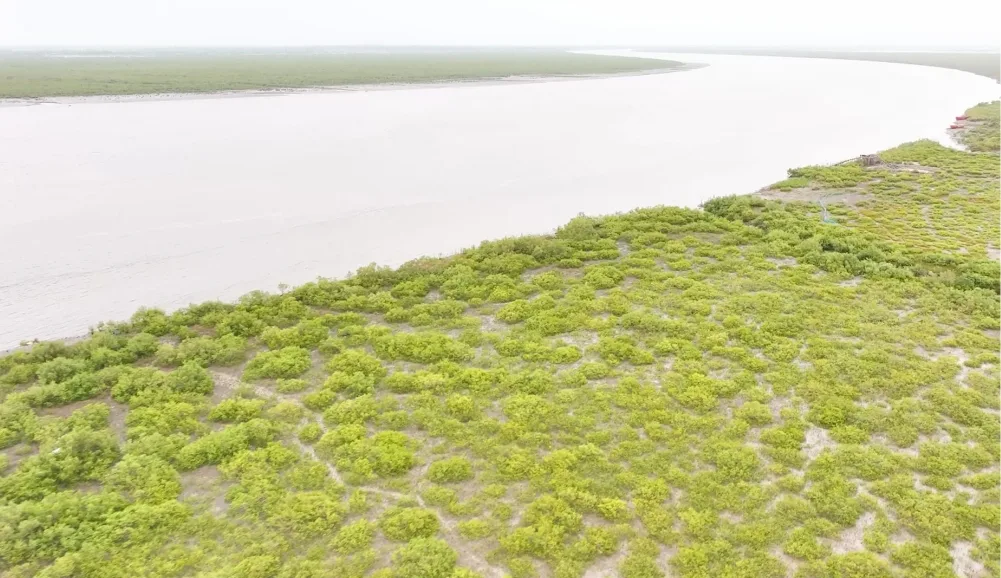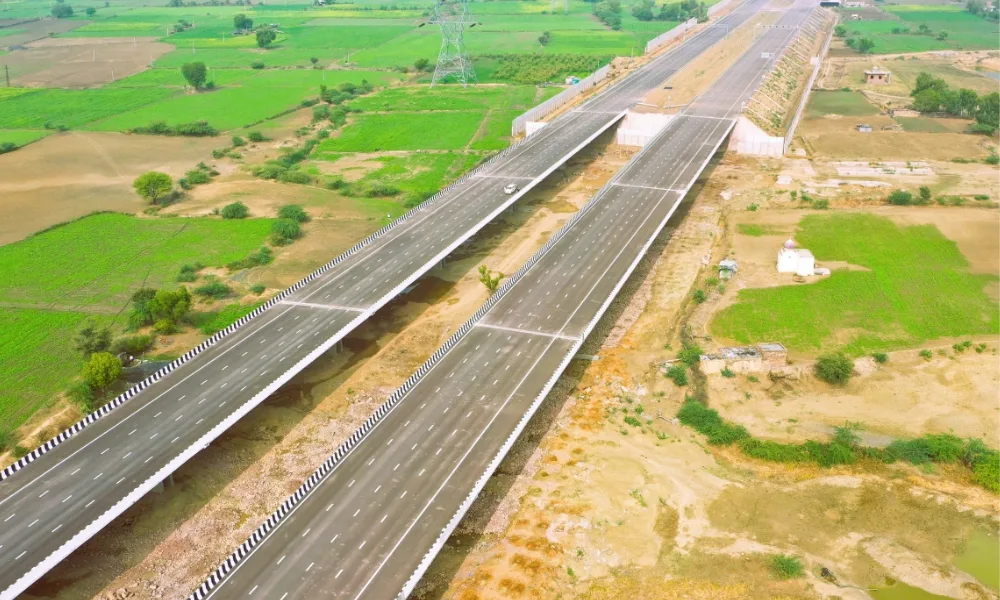Biodiversity
Building infrastructure assets with minimal impact on biodiversity
Trees are not only natural carbon sinks but also has other environmental benefits e.g., water retention, slowing down topsoil erosion, lowering air pollution etc. At L&T, we have been undertaking sapling plantation across India as well as internationally where we have significant presence. This plantation is not linked to the compensatory afforestation requirement which are typically part of contracts.
We have an annual target of planting 1.5-2 Mn saplings. In FY 2023-24, a massive plantation drive “Project Green Hands” was undertaken with more than 2.5 million saplings planted across project sites. As a result, in FY 2023-24, L&T planted ~4 million saplings for the entire year, with over 99% planted by the Water & Effluent Treatment (WET) business.

Compared to land-based species, mangroves have significantly higher carbon sequestration potential as well as other benefits e.g., tidal surge protection, preventing coastal areas erosion. L&T’s A. M. Naik Heavy Engineering Complex is located near the coastal region of Hazira (Surat), Gujarat. We have undertaken mangrove plantation over 150 hectares at Katpor village in Hansot block of Bharuch district. The plantation activities were completed in 2014-15 with community participation and maintained by the village-level community-based organisation in association with Gujarat Ecology Commission (GEC), through gap-filling activities and protecting the plantation through social fencing. To improve the biodiversity of the area, and particularly, Bharuch coast, new species like Rhizophora mucronata and Ceriops tagai were also planted on an experimental basis. The Company is working towards planting mangroves in other locations along coastal area.
Creation of Infrastructure assets may have some adverse impact on the flora and fauna of the locality, particularly when such assets are created in areas close to eco-sensitive areas. L&T ensures that there is no harm caused to the flora and fauna from the construction activities and ensures that adequate measures are adopted.

Amongst such measures are the steps taken during the design and construction phase of the projects. In the 8-lane greenfield Mej-Indergarh Expressway, animal underpasses allow movement without causing any harm and walls in high-speed zones prevent any entry of animals on carriageway. Similarly, at the Atal Setu, India’s longest sea bridge, located in an ecologically sensitive zone and home to the pink-necked flamingo, piling rigs and world-class Reverse Drilling Machines were deployed to reduce noise and vibrations; periodic monitoring of phytoplankton and zooplankton in the waters was put in place and special arrangements during construction were made to avoid any disturbances to birds and marine species. Orthotropic Steel Decks were also used instead of cable stayed ones to avoid hindrance to flight of migratory birds such as flamingos.
Where we have seen potential risk of harm to animals as well as from animals to workforce at site, additional measures, over and above those specified in the contractual terms, are adopted to ensure such risks are handled proactively. One such case was Crocodile Conservation at the Mumbai Ahmedabad High Speed Rail project. The project, passing through Gujarat and Maharashtra, has several river crossing locations. At a work section near Vadodara, construction activities are close to the habitat of crocodiles (Crocodylus palustris). To avoid any harm to these species, as well as to prevent any harm caused by incursion of these animals in the work areas, the Heavy Civil Infrastructure business project team at the MAHSR project adopted a Crocodile Conservation Plan. The Plan entailed habitat protection and restoration, crocodile relocation and rescue, human-wildlife conflict management and wildlife friendly infrastructure design.